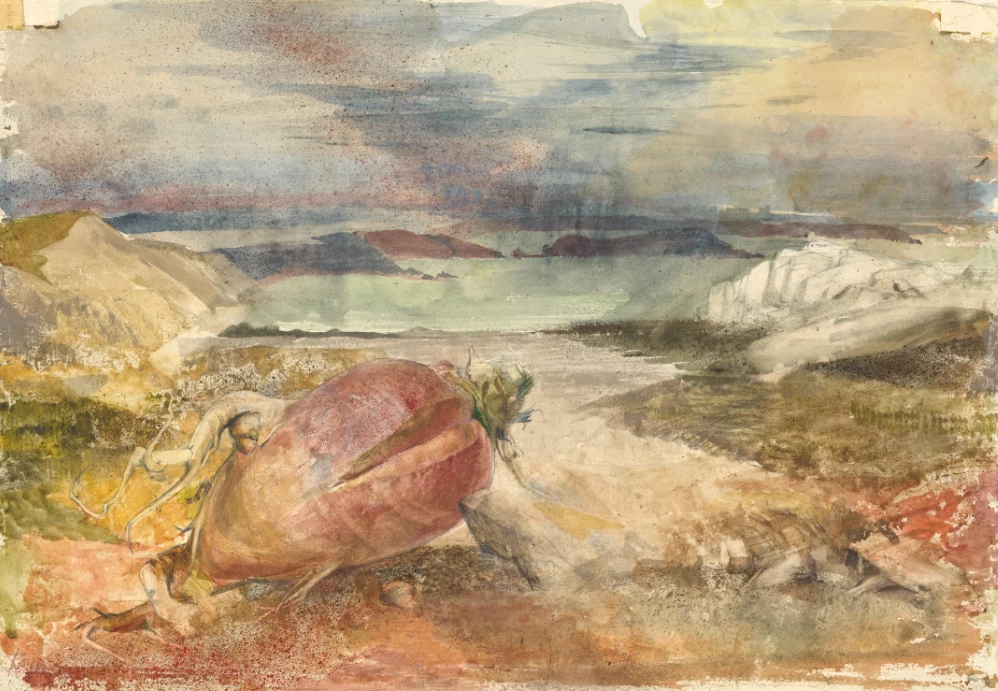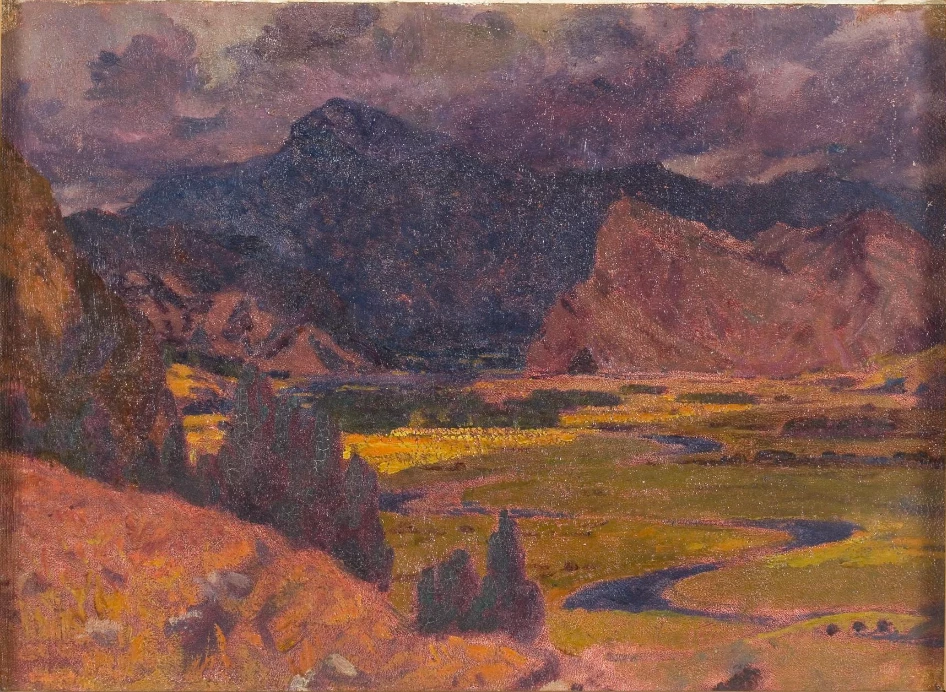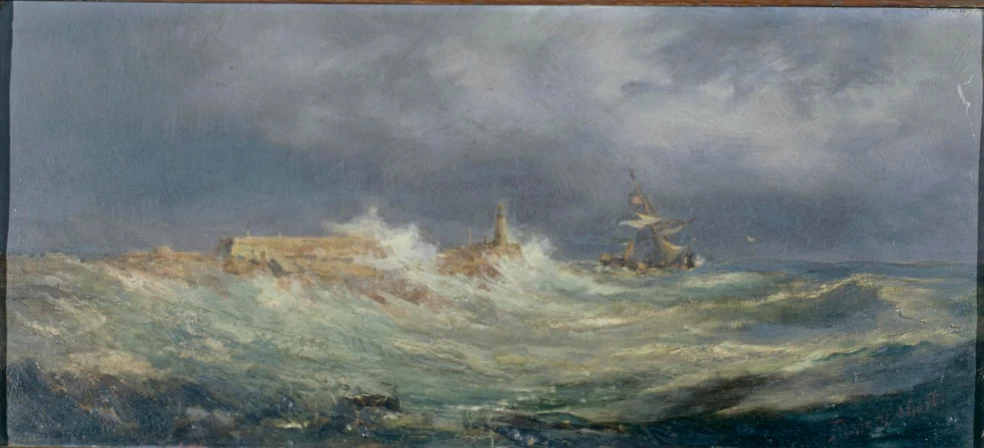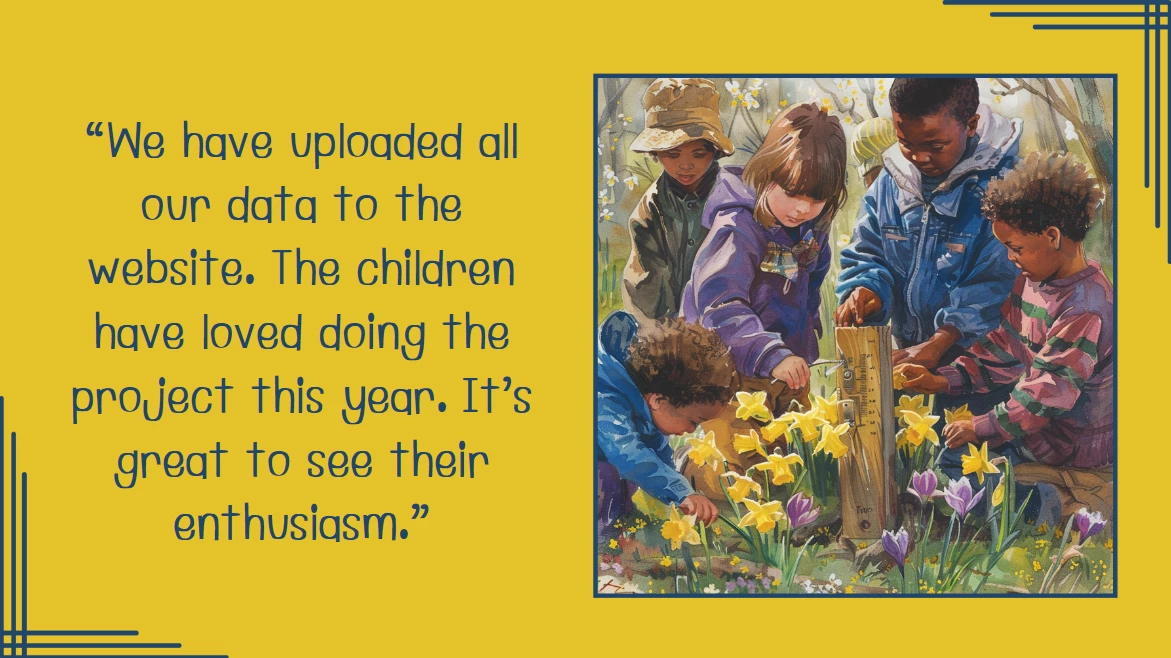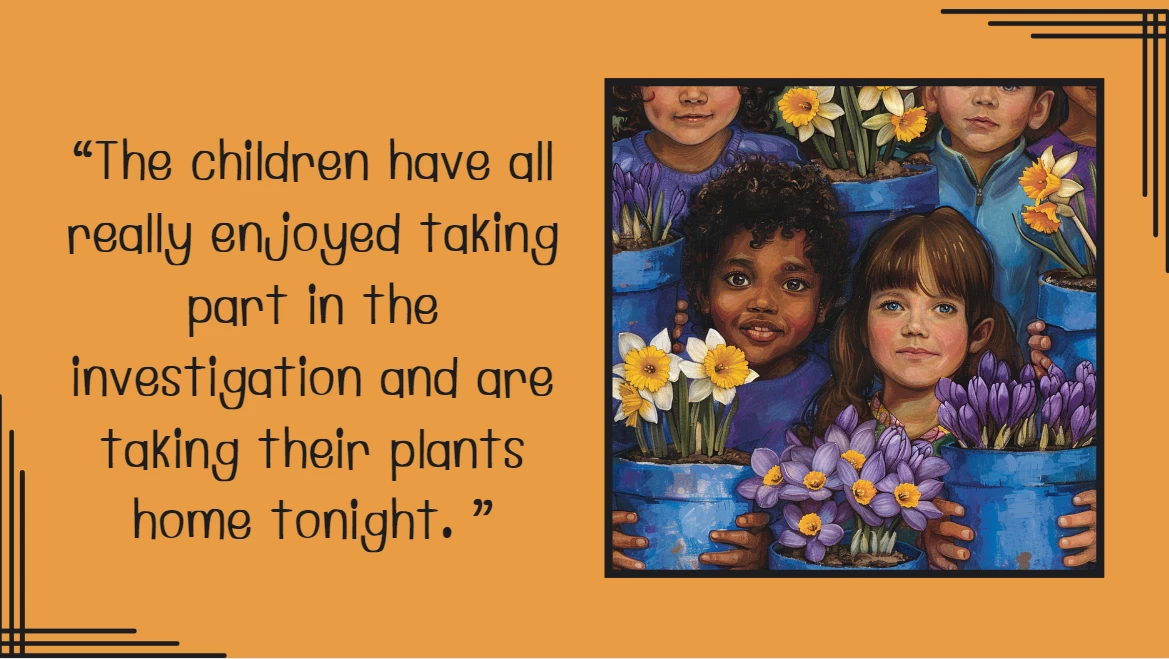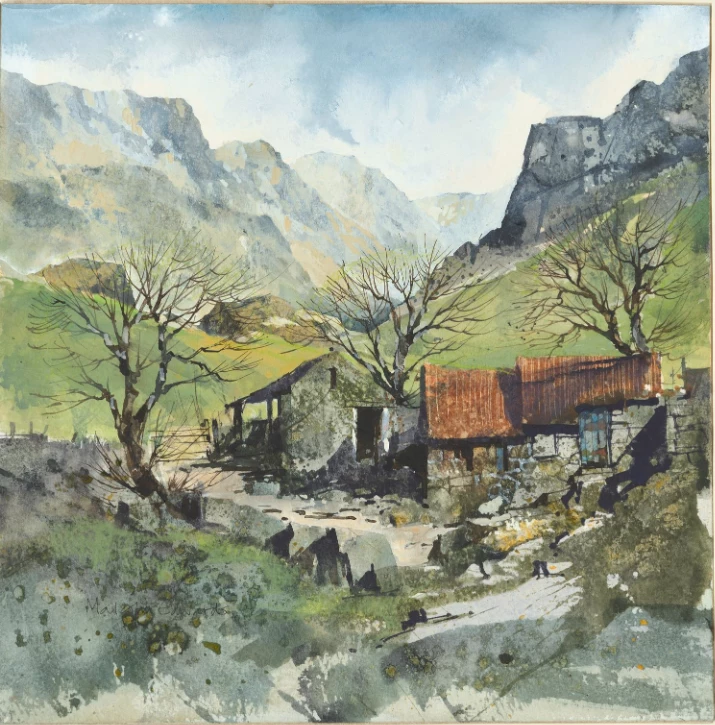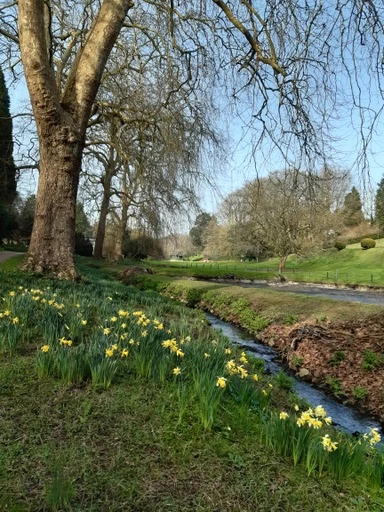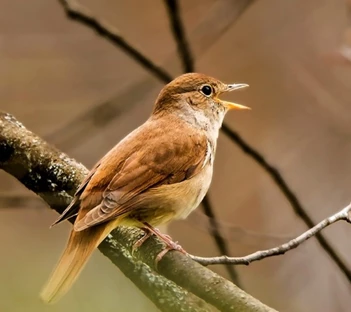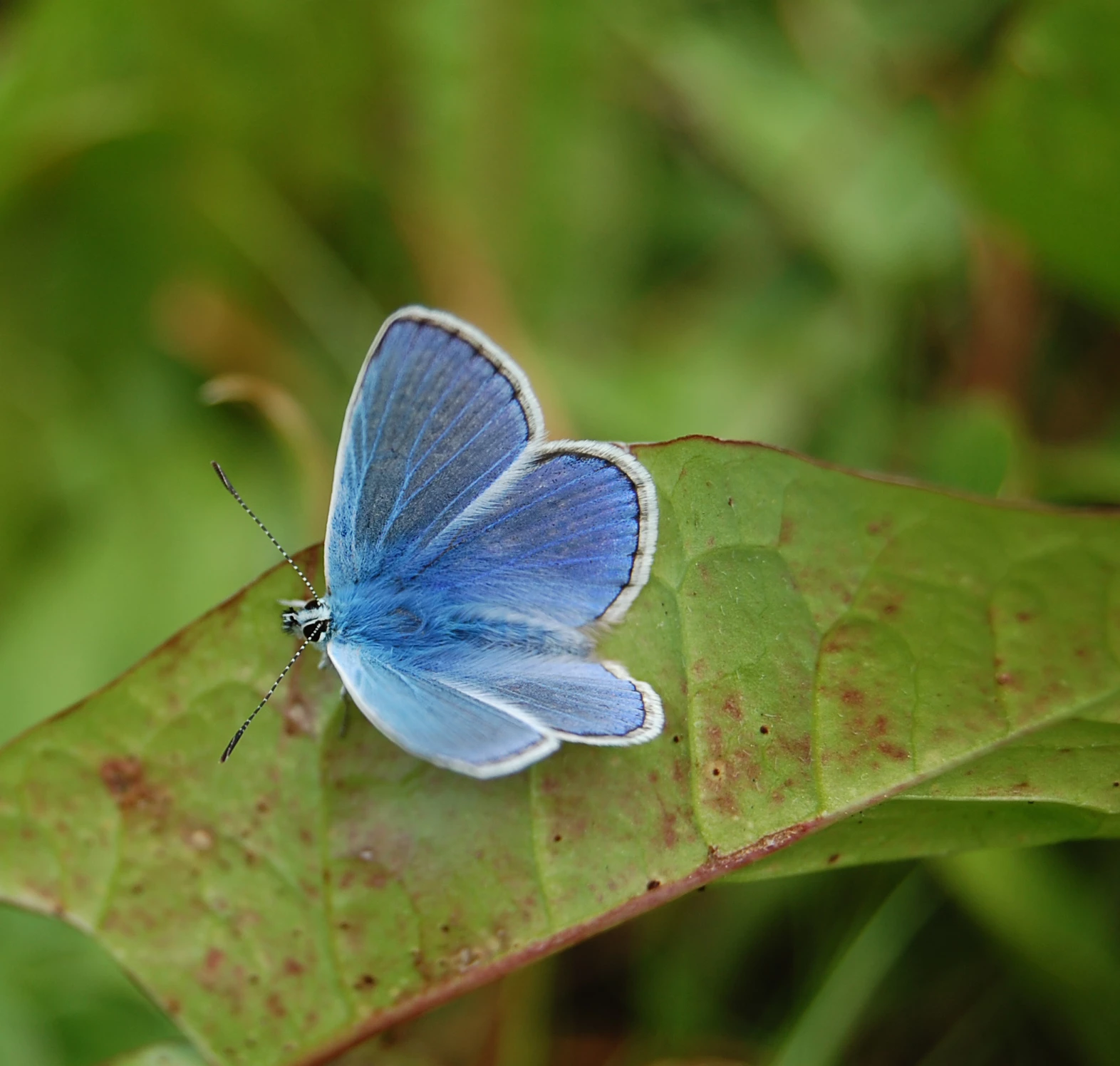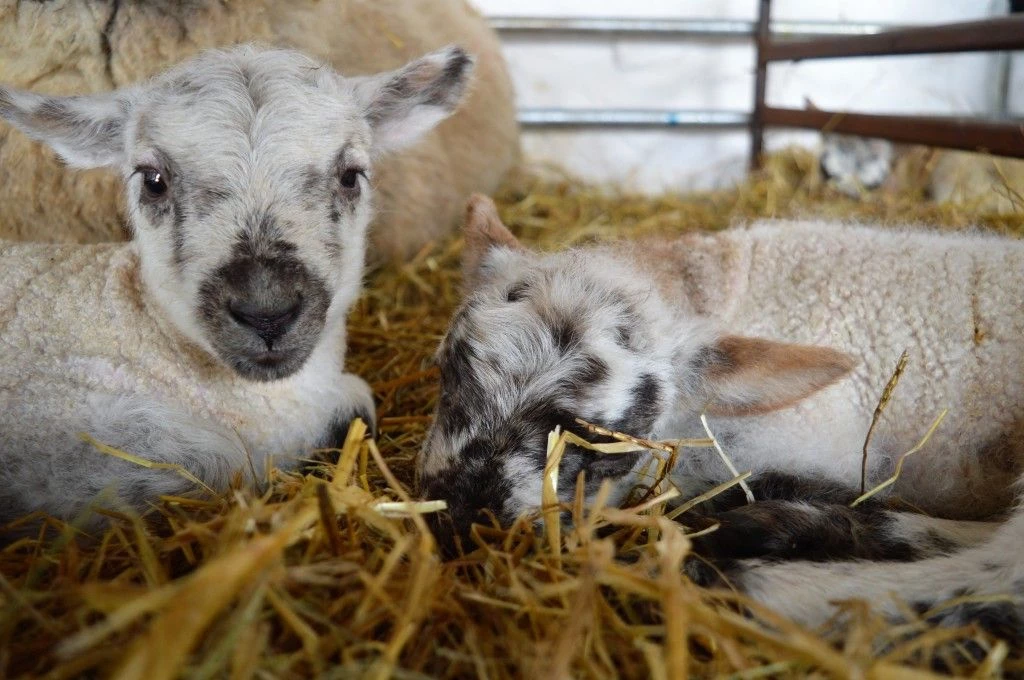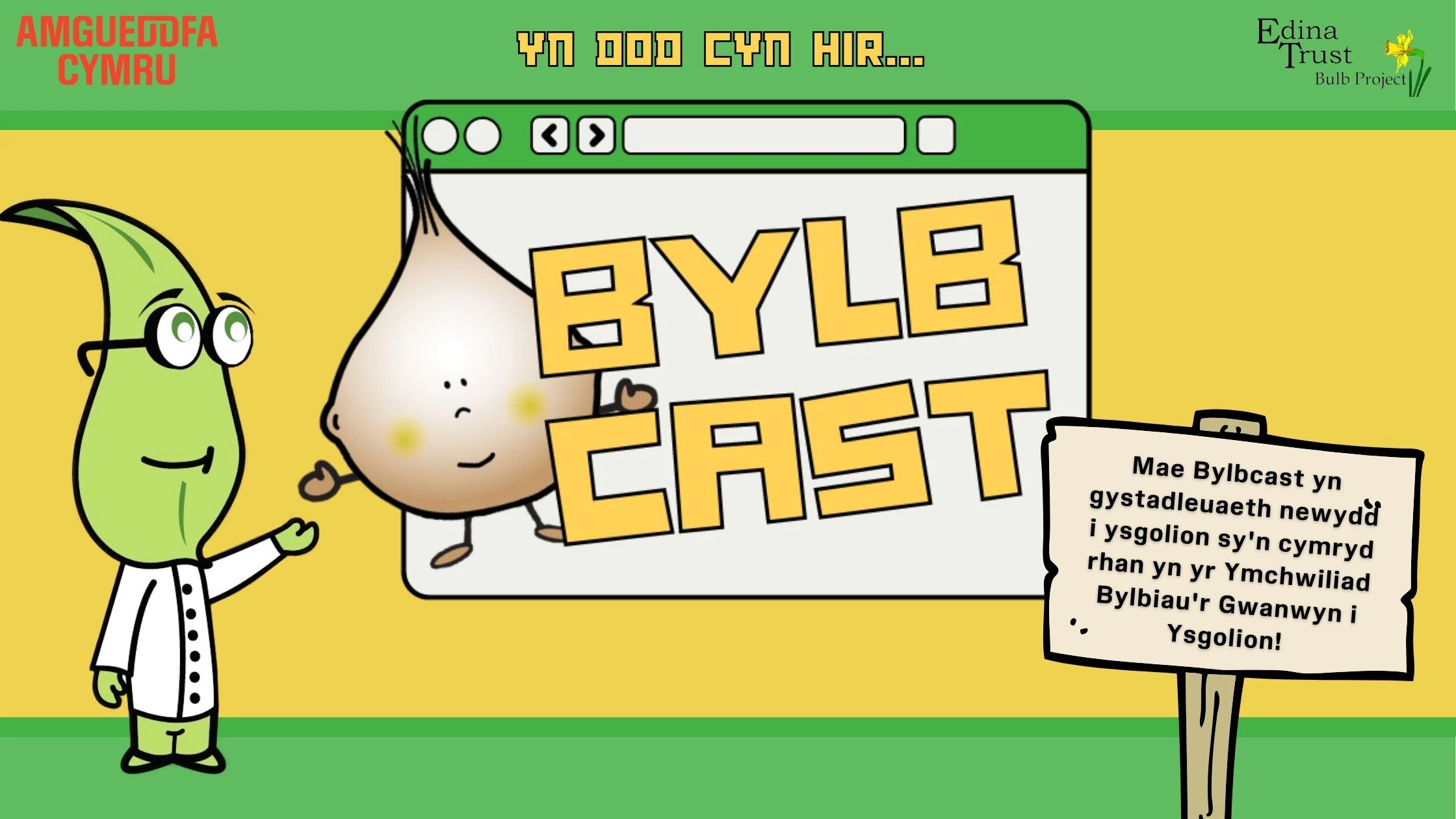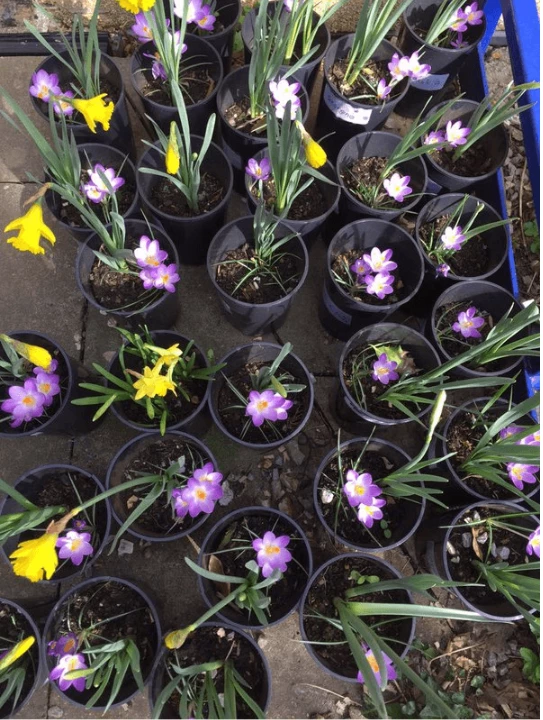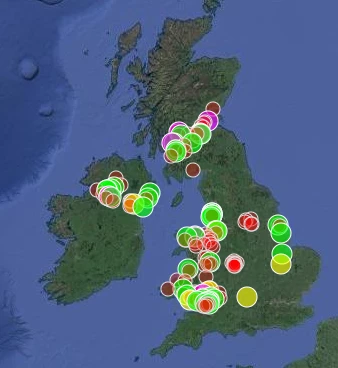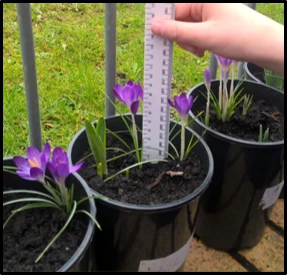Weathering the Storm
, 11 April 2024
What was the weather like in 2023?
2023 was warm and wet! It saw record breaking temperatures in June, a heat wave in September and eleven named storms! It was the second warmest year for the UK since records began in 1884, with only 2022 coming in warmer. It was the warmest year on record for Wales and Northern Ireland and some parts of the UK saw over a third more rain than they would normally expect.
What were the named storms?
The named storms that visited the UK in 2023 were Otto (February), Noa (April), Antoni & Betty (August), Agnes (September), Babet (October), Ciaran & Debi (November), Elin, Fergus & Gerrit (December).
‘Storm Season’ runs from September of one year to August of the next. This coincides nicely with the time frame of our Investigation, which runs for a full academic year. From September 2022 to August 2023 there were four named storms. From September 2023 to now, there have already been eleven named storms! This makes for some very interesting weather data collection and observations from our participating schools! The storms to take place so far in 2024 are Henk, Isha & Jocelyn (January), and Kathleen (April).
Who chooses the storm names?
The MET Office began naming storms for the UK in 2015. They release a list of planned names at the beginning of each storm season. Other European countries also name storms, and if the same storm later impacts on one of these countries, then they will adopt the name already in use. This happened in 2023 with storm Otto and storm Noah, which were named by different groups.
You can suggest names to the MET Office for the next Storm Season here: Name our Storms - Met Office
Why are storms named?
Storms are named to raise awareness. Research shows that people hear about named storms more widely and better understand the link between the storm and the issues it causes across the UK. People understand that a named storm is expected to be disruptive, and they are more likely to take actions to prepare for the bad weather. Whether or not a storm is named depends on the impact it’s expected to have. Not only wind speeds, but things like where the storm is expected to occur, the time of year, time of day and even the day of the week can all impact on the decision of whether the storm will be named!
What are the next planned storm names for the 2023/24 storm season?
Lilian, Minnie, Nicholas, Olga, Piet, Regina, Stuart, Tamiko, Vincent and Walid.
Interestingly, four of this seasons storm names (Ciaran, Debi, Regina and Stuart) have been chosen in honour of people who have been recognised for helping to protect others from extreme weather.
What comments have schools shared about these storms?
Cuthbertson Primary: A tree was blown up in our garden, revealing its roots and posing a threat to safety. We have limited access to the bulbs until the tree is secured. Two storms in one week, the highest wind we have ever felt. Storm Isha and Jacqueline. We have the beginnings of green sprouts showing though.
Alloway Primary: Stormy weather this week. Inside for play due to high winds and rain.
Irvinestown Primary: We weren’t able to record weather data this week due to storm Isha and Storm Jocelyn. Our potted bulbs all tumbled over and fell out of their pots and the weather recording equipment was also affected. We are aiming to get all back up and running again as soon as possible.
Kirkmichael Primary: What a week it has been. We have had two storms, so much wind and rain and even some power cuts. Our rain gauge had fallen over on Monday, Tuesday, and Wednesday because of the wind, so we discussed how we can wedge it into the soil more effectively. It was also getting warmer towards the end of the week.
Doonfoot Primary: We have had TWO storms this week which has meant that we have had lots and lots of rain. The temperature is definitely increasing as the weeks progress. No blooms yet. Our Mystery Bulbs have been growing and we already have a list of guesses snowdrops, bluebells, narcissi and...more crocuses just to fool us.
Kirkmichael Primary: What a week for the weather. Overnight on Wednesday into Thursday we hit lows of -14. So very cold, although we feel like once it hits a certain (low) temperature it doesn’t feel any more cold. We are hoping though that this extreme cold hasn’t damaged our bulbs, and hope to see some signs of growth soon. Next week we have a weather storm forecast - lots of crazy weather.
St Mary's Primary: Storm Debi was Monday.
YGG Bronllwyn: Bad storms with thunder and lightning on Thursday.
St John Ogilvie Primary: Very heavy rain. Storm conditions.
Fleet Wood Lane Primary:We seem to have survived Storm Ciaran on this side of the country.

